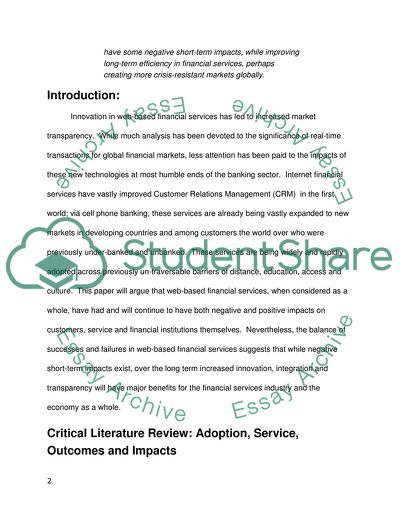Cite this document
(Innovation of Web-Based Financial Service Term Paper, n.d.)
Innovation of Web-Based Financial Service Term Paper. Retrieved from https://studentshare.org/marketing/1744553-innovation-of-web-based-financial-service-academic-critique-paper
Innovation of Web-Based Financial Service Term Paper. Retrieved from https://studentshare.org/marketing/1744553-innovation-of-web-based-financial-service-academic-critique-paper
(Innovation of Web-Based Financial Service Term Paper)
Innovation of Web-Based Financial Service Term Paper. https://studentshare.org/marketing/1744553-innovation-of-web-based-financial-service-academic-critique-paper.
Innovation of Web-Based Financial Service Term Paper. https://studentshare.org/marketing/1744553-innovation-of-web-based-financial-service-academic-critique-paper.
“Innovation of Web-Based Financial Service Term Paper”, n.d. https://studentshare.org/marketing/1744553-innovation-of-web-based-financial-service-academic-critique-paper.


